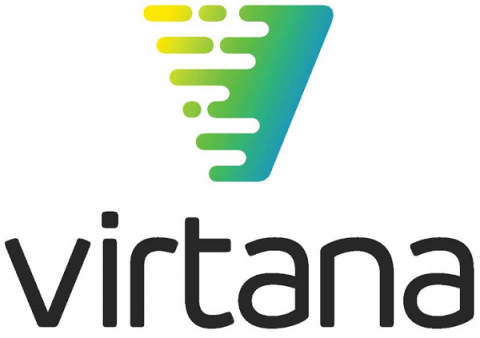Operations | Monitoring | ITSM | DevOps | Cloud
March 2021
How To Instantly Boost the ROI of Your Hybrid Cloud
Advertising tycoon David Ogilvy famously remarked, “Half the money I spend on advertising is wasted; the trouble is I don’t know which half.” Replace the word “half” with “one-third” and “advertising” with “public cloud” and you’d describe what enterprises are grappling with right now. They know that not all of the cloud resources they’re paying for are being used, but they don’t know which ones those are.
2021 Hybrid Cloud Predictions: CEO Perspective
COVID-19 certainly accelerated some trends. For example, in my view, COVID-19 accelerated the pace and progress of digital transformation by five to 10 years, as companies faced the need to adapt to a post-COVID-19 world, involving permanently the higher adoption of remote work, remote education, and digital touch-points. Technologies requiring less human touch and more digital touch-points will be adopted faster in the aftermath of COVID-19.
5 Ways to Get Valuable Insight From Your AWS Bill
Did you know that CloudWisdom’s Bill Analysis tool shows you not just the services currently monitored by CloudWisdom but all services to deliver an overall view of your AWS cost? And if you’ve set up and configured consolidated billing to link multiple AWS accounts, you can include data from all those accounts in that view. You can even add multiple billing orgs to the same CloudWisdom account.
If one public cloud is good, are multiple public clouds better?
Virtana recently published the results of a new State of Hybrid Cloud survey. One of the findings is that 81% of companies in the study who have started their migration to the public cloud have engaged multiple providers. This result tallies with a recent Gartner survey of public cloud users, in which 81% of those respondents said they are working with two or more providers.
The Déjà Vu Evolution of Cloud Computing
I believe that the evolution to hybrid cloud is inevitable. Not because it’s grabbing headlines, but because it mirrors the industry’s history of new technology adoption. Take the evolution of virtualization, for example. Going back 20 years give or take, virtual machines popularized by VMware, KVM, and Hyper-V started to gain traction.





